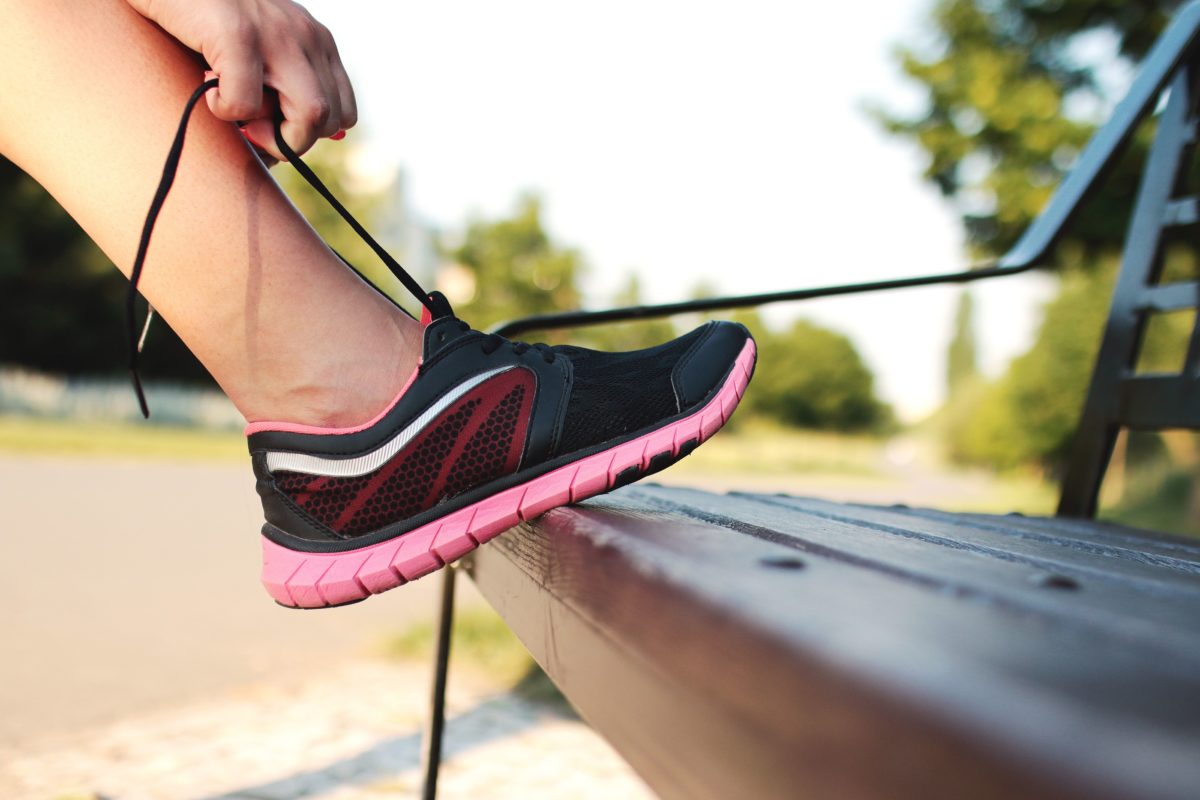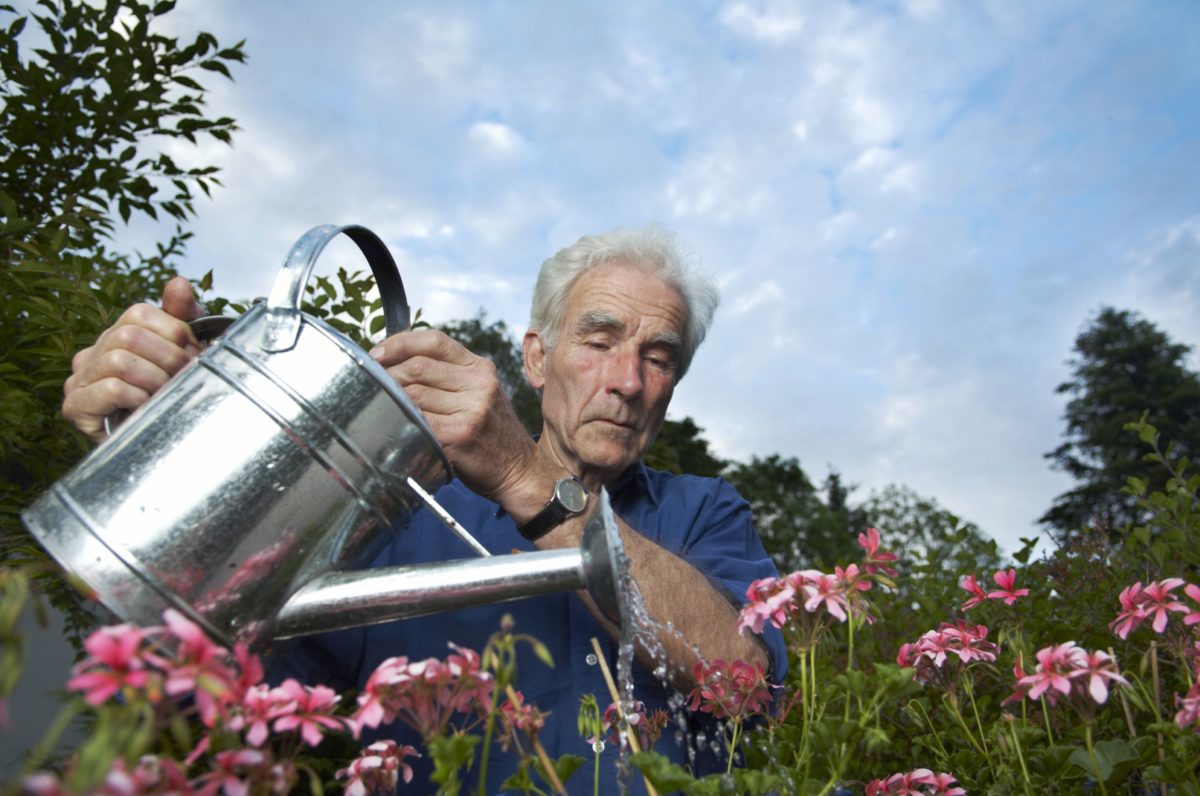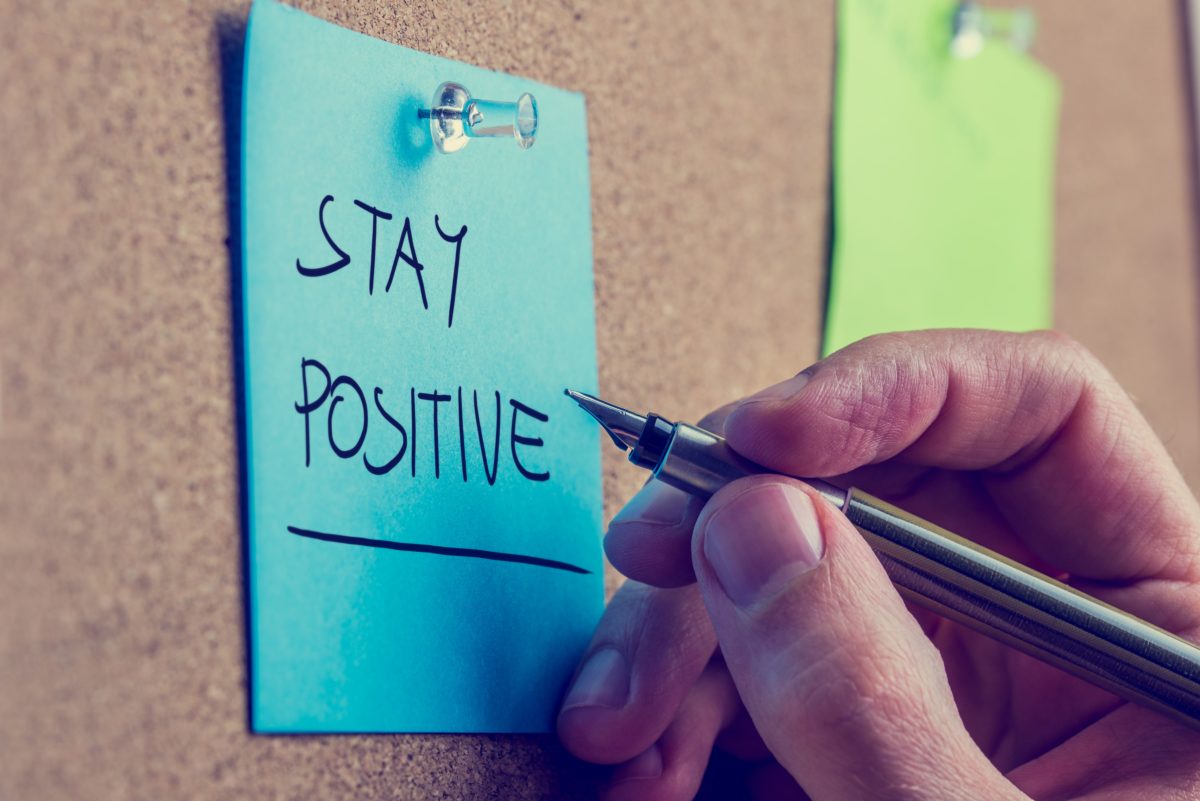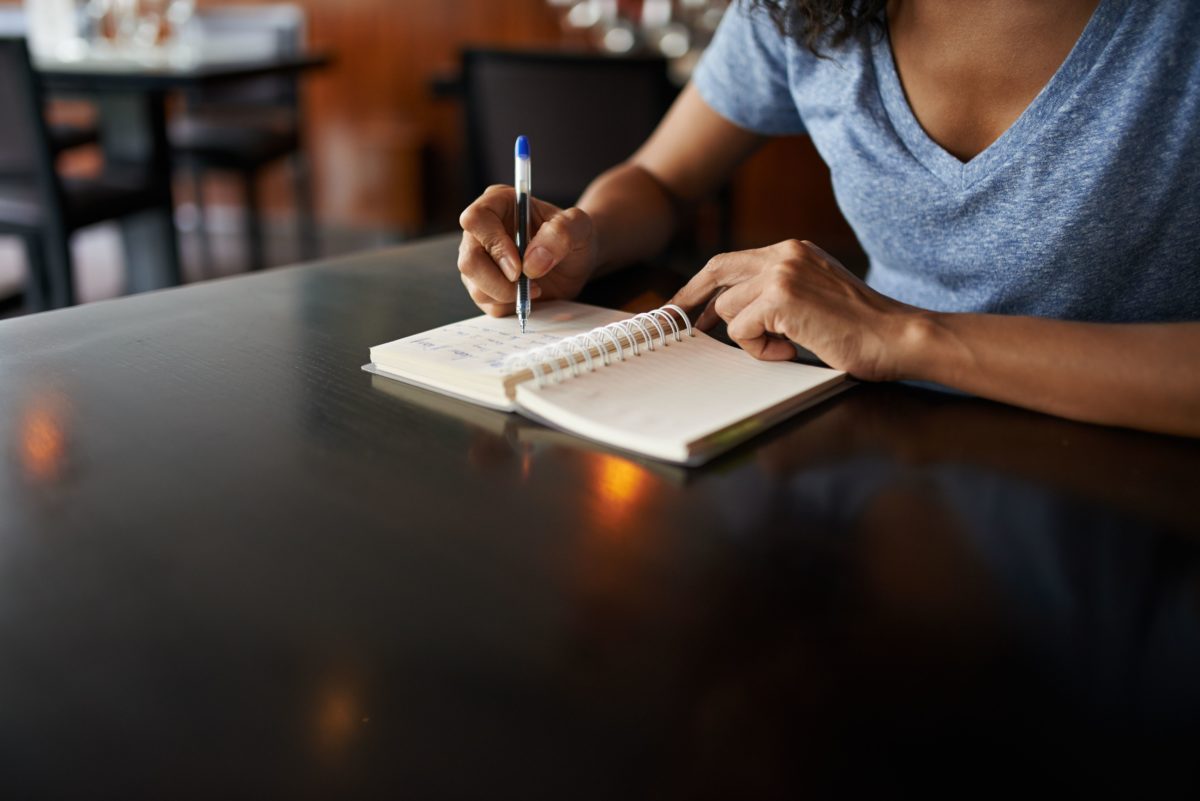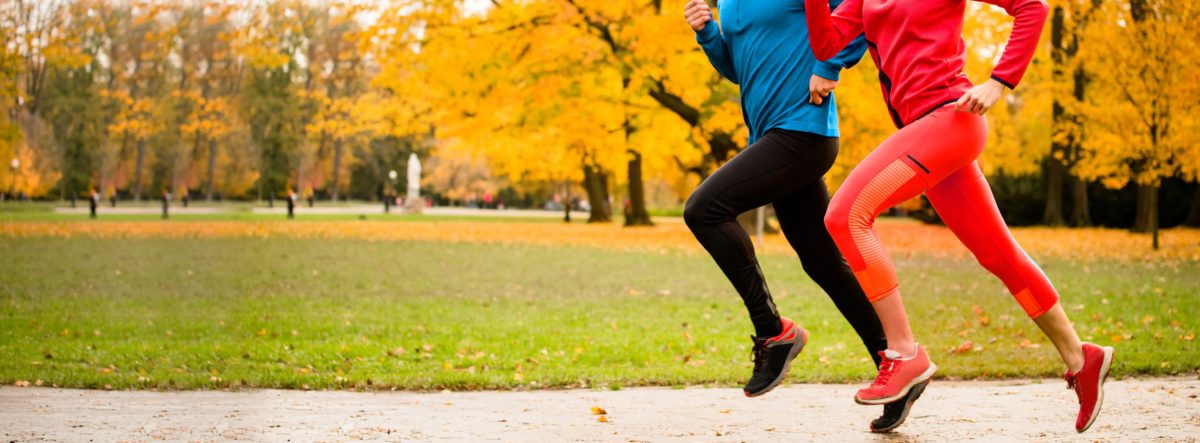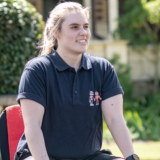And that’s just what they’ll do
Walking is a great way to exercise. It costs nothing, it’s suitable for most people, and it gets you out and about.
I love walking. I take a quick walk around the block during the day if I can manage it, but I always make sure I get out after I get home from work. I find it’s a fantastic way to relax after a long day at work.
For me the important thing is to get changed and put my walking shoes on as soon as I get home. If I sit down, or get distracted by others, the opportunity disappears.
I grab my MP3 player, put on a podcast or music, and head out. The fresh air, the exercise, and listening to something interesting is a great mood booster.
On the weekend I like to explore new areas, so I hop in the car, pick up a friend, and we walk in a park, the bush, in the CBD, at the beach. This keeps my walks interesting, and I also have the benefit of discovering new places.
If you don’t exercise much, walking might be a good way for you to build up your activity levels – though be sure to talk with your doctor first to get the all-clear. Then start slow.
Try walking 30 minutes a day on most days of the week and you’ll really notice the health benefits. It can help you lose weight, or maintain a healthy weight, it can lift your mood, help you get a good night’s sleep, improve your bone and joint health and increase heart and lung fitness.
If you can’t walk 30 minutes at a time, break the walking up over your day. Three 10 minute walks, six 5 minute walks…it all adds up.
Walking tips
- Wear comfortable, appropriate clothing and shoes.
- Warm up and cool down to prevent injuries or pain.
- Make it social – walk with a friend, your family, kids, the dog.
- Listen to music, audio books, podcasts.
- Make it a part of your regular routine – go at the same time each day – e.g. after/before work, after lunch.
- Explore new places to walk.
- Take a water bottle – it can be thirsty work!
- Track your walking with a pedometer or fitness activity tracker.
- Increase the distance of your walks and intensity of your walks over time.
- Take your walk inside if it’s raining or a hot day – walk in a shopping centre, around the office, around your house.
- Join a walking or bushwalking group.
So what are you waiting for? Grab your walking shoes and get out there!

